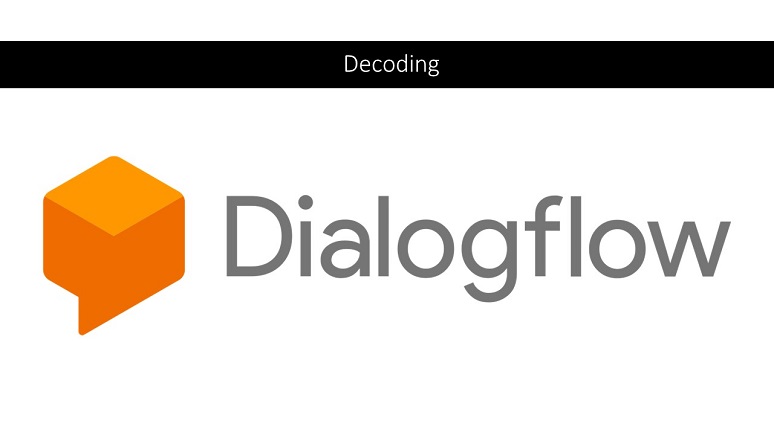Injecting Customer Journey Data into a Bot
A bot’s logic flow doesn’t need to have a single entry point. Data on the customer, including previous interactions, can be injected into the bot’s logic, and the bot can begin the conversation more intelligently. Of course, when you know nothing about the person invoking an interaction, then the bot will start with some sort of standard welcome, such as, “How can I help you today?”
Dialogflow supports adding customer journey data to an interaction:
- Consider the case of a customer reaching out while surfing a website. Customer journey information may include the recently viewed webpages and the page at which the customer is currently looking. Injected with this information, the bot can start the interaction with customer-relevant context. For example, if the customer were looking at fly-fishing waders, the bot could begin by saying, “I see you are looking at the Simms Headwaters Pro fly-fishing waders. Can I help you place an order or provide any other information about them?”
- Another example would be if a customer has authenticated using your mobile app or on your webpage, or if you can identify the caller ID from a database lookup, then information about that customer can be injected into bot logic flow. Remember from our previous article that context within Dialogflow has a specific meaning: It’s the relevant information surrounding a user’s request that wasn’t directly referenced in the person’s words.As you inject interaction detail, you’re passing information that helps supply the data needed to fulfill the user’s intent. If the customer has recently made a purchase then the bot logic could start by assuming that the person wants to discuss the recent purchase, so you can inject the person’s name and purchase data as contextual information into an intent related to product support. The bot can begin by stating the person’s name, noting the product, and then asking the customer if he or she would like support on that recent purchase.
Customer journey information is very useful in helping the bot more naturally interact with a person and better satisfy the person’s intent for contacting the organization.
Proof Points
Genesys
Genesys is using its customer journey platform, gained in last year’s
acquisition of Altocloud, to gather and inject contextual information into Dialogflow-based intelligent agents. The company isn’t ready to release customer names yet, but it did tell me it believes the ability to use customer journey analytics in intelligent bots is one key competitive advantage it has when integrating with CCAI.
Mitel
Mitel is using CCAI to democratize AI across its base of SMB and mid-market customers. As one of the initial CCAI partners, it helped Google define contact center use cases for CCAI. Over the last year, Mitel has been developing APIs to integrate its contact centers with CCAI; Mitel’s integration provides omnichannel support.
The company is bullish on CCAI Agent Assist and is pitching this to all its customers, even though CCAI is still in beta. Two of the unique use cases that Mitel is solving with its early adopter customers include 1) leveraging CCAI Virtual Agent capabilities to respond automatically to inquiries by local government constituents, using Agent Assist with live agents when Virtual Agent cannot fulfill responses, and 2) providing product information in a Q&A-type Virtual Agent for a distribution company. This more complex use case involves connecting into sophisticated back-office systems to fulfill user requests along with API integrations to provide personalized self-service. An example is updated shipping information for a recently placed order.
What’s Next
The next article in this series will appear in mid-July, with a focus on data collection and sanitizing as well as a discussion on how to teach Dialogflow a custom vocabulary.










